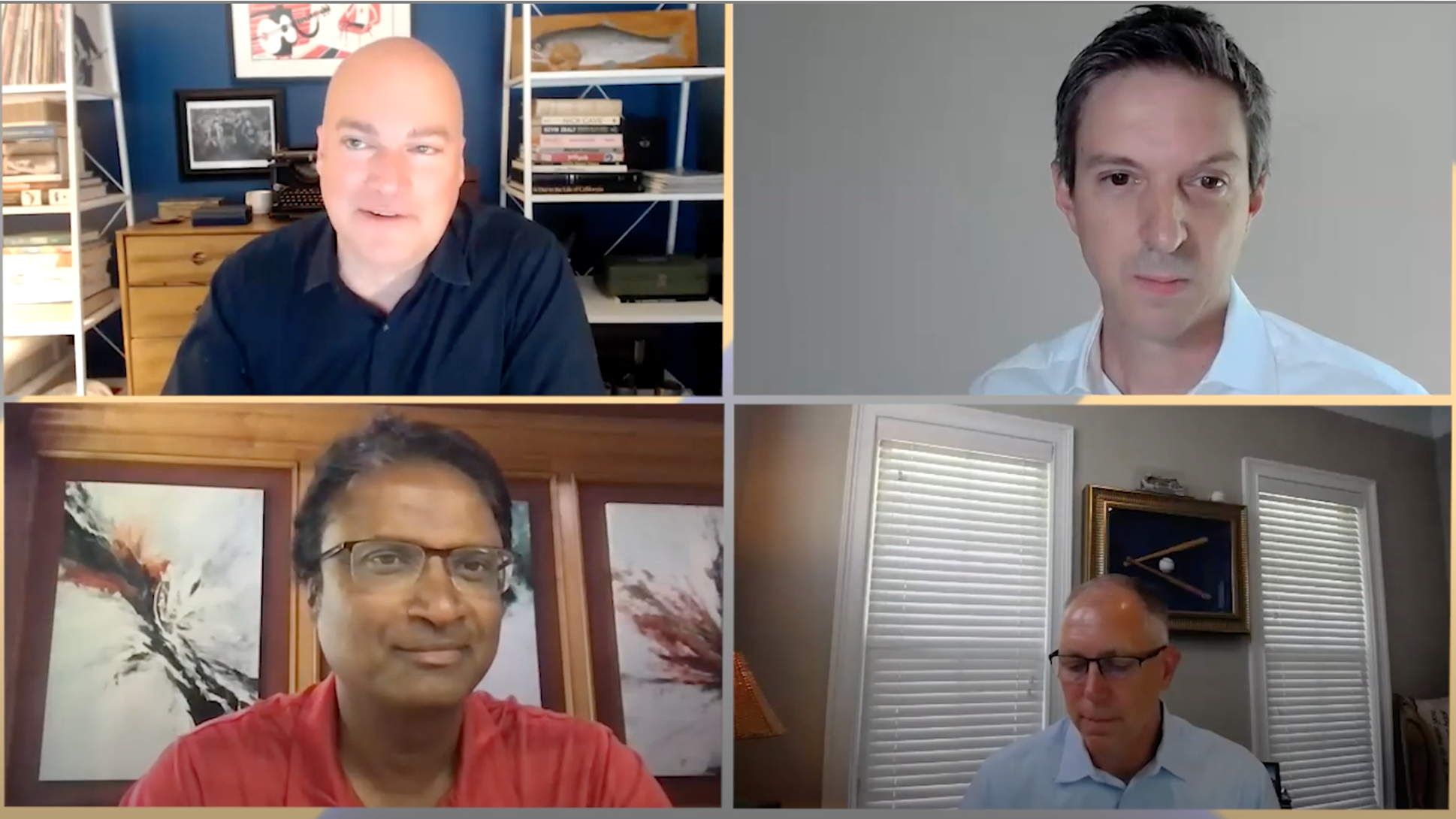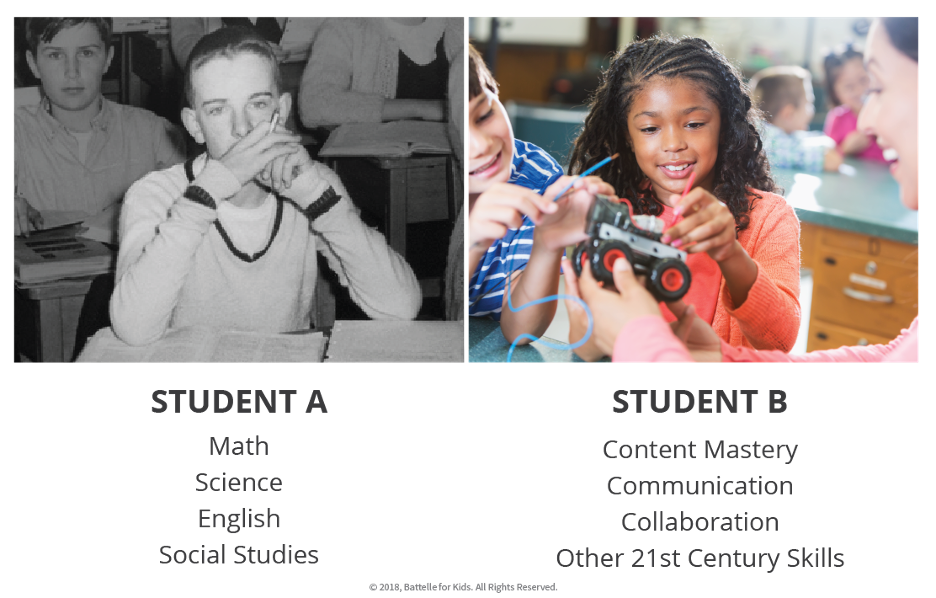 By David DeHaven and Susan Ferebee
By David DeHaven and Susan Ferebee
As a planet, we spend 7 billion hours a week playing video and computer games, and about 5 million of us are playing an average of 45 hours a week. It is no surprise that educators are taking a serious look at gaming theory and “badging” in the classroom to increase student engagement and motivation. Top tech institutions such as MIT acknowledge that the persistence, risk-taking, attention to detail, and problem solving commonly observed among game players are all “behaviors that would be regularly demonstrated at school.”
Keeping students engaged is critical to a successful learning experience, and when we think about how to do this, a logical approach is to look at scenarios where people easily remain engaged. Video games are an example. Players are passionate about their games. Any parent who has watched a teen play video games can attest to this; games keep them absorbed for hours.
The theories that explain what keeps players focused on games can be applied to keeping students involved in school-related tasks. Advertising Age’s Kunur Patel described how game rewards can incentivize players to continue demonstrating a desired behavior.
Gamification rewards participation, and the key factor appears to be escalating rewards, achieving a new level, and being aware of the next level after that one. According to Yahoo! researchers Judd Antin and Elizabeth Churchill, when a person sees that a virtual reward (like a badge) can be earned, she will change her behavior and/or increase her activity to gain the badge.
Showing the user’s status in the community is also motivational. Video game players who play against other gamers over the Internet always see a list of top scoring players against whom they are competing. This same concept can be applied to badging in business, education, or any other scenario where leaderboards show a user’s status. Such leaderboards update frequently and show the real-time badges earned by others in the community.
Gamification expert Yu-Kai Chou suggests that people are engaged in games because they see the larger picture of the game’s goals and understand why they are pursuing their game-related goals. Players like the pride they feel when they “level up,” Chou says, and they like the feeling of progression and self-actualization. They are even willing to concentrate on the unexciting portions of the game in order to reach that next level, and they will complete those unexciting tasks immediately.

Gaming as a Teaching Model
Neurologist and educator Judy Willis says, “The popularity of video games is not the enemy of education, but rather a model for best-teaching strategies.” Game rewards recognize incremental progress, not just the final goal, she argues.
At Kaplan University, a pilot program in the online classrooms of the College of Business and Technology is putting gamification theory to the test. We identified key concepts and behaviors through the analysis of past student behavior and faculty engagement and by consulting with industry experts. We then created a combination of related badges to reward activity and offer challenge assignments to help drive student behavior.
Some badges are rewarded automatically based upon student actions. Others are given by the professor or even students who wish to recognize classmates for teamwork and assistance. Students are able to see what badges they have earned, and how they compare to their peers through an in-class leaderboard. Students are also able to see a real-time activity stream of their achievements as well as those of their peers (see graphic).

Initial Results
Initial results from the pilot indicate that students rewarded by badges are spending up to 155 percent more time actively engaged within the classroom than their counterparts in the non-gamified classroom. Students in the gamified classroom are willingly attempting challenge assignments to earn additional badges and move up the leaderboard. In the first week of the pilot test employing badging techniques in a programming class, one student asked the instructor to give “Team Player” badges to two students who had helped her learn a difficult concept. All of the additional time spent on activity and engaged with peers should translate to a deeper understanding of the material, higher levels of learning, and a more enjoyable educational experience.
If the overall outcomes meet expectations, the plan is to expand integration of gaming and badging techniques, such as points, levels, missions, leader boards, and a variety of visual “badges” of achievement, to help both students and faculty achieve goals in and out of the classroom. If the end result is more motivated students and faculty achieving better outcomes, we say, “let the games begin.”
David DeHaven, PhD, is Dean of the Kaplan University School of Information Technology; Susan Ferebee, PhD, is a faculty member at Kaplan University School of Information Technology. DeHaven was a participant at Techonomy 2012 in Tucscon. Click here for a complete video archive of Techonomy 2012.
![]()















